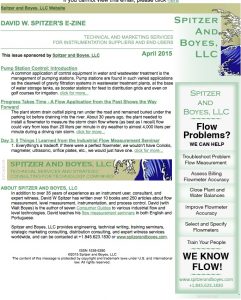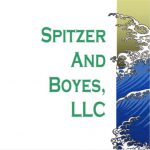 Many of my articles focus on performance statements for flowmeters. It is interesting how
Many of my articles focus on performance statements for flowmeters. It is interesting how
another twist can come along just when the subject seems to be getting “old”. Whereas reference
flowmeter performance can generally be expressed as one of four parameters
, reference level
gauge performance is generally expressed as one of six parameters. This was not so bad. Even
more complicating is that the (often well-defined) published specifications do not reflect what
the suppliers intend.
Research for “The Consumer Guide to Non-Contact Level Gauges” involved extracting
information from the level gauge specifications from about 60 suppliers. These suppliers used a
total of about 30 different terms to express performance. Let’s think about this for a minute — on
the average , there was one term used to express performance for every two suppliers. This would
seem to be far from consistent.
In the early going, the well-defined published specifications were tabulated and used for
calculations. As research progressed, conversations with suppliers made it apparent that the
published specifications could not be trusted — even if they were technically clear and well
understood. As a result, I had to contact the suppliers again to verify that their (supposedly) well-
defined published specifications reflected the supplier’s intentions.
For example, after speaking with the suppliers, 0.25% of measuring range, 0.25% of span, and
0.25% all meant 0.25% of maximum sensor range. Think about this for a minute. Measuring
range and span are well defined — or are they? The percentage is not well defined and begs the
question, “Percentage of what?”
On a positive note, despite the discrepancies noted in the published specifications, suppliers were
forthcoming in explaining their intentions. Wouldn’t it be nice if they would update/correct their
specifications to use standard terms that describe level gauge performance?
Originally published in David W Spitzer’s E-zine
